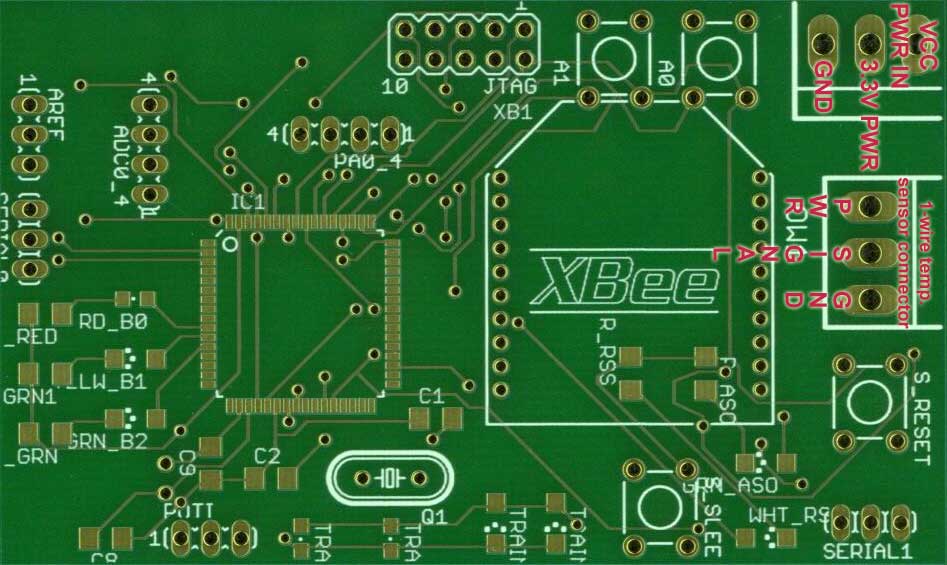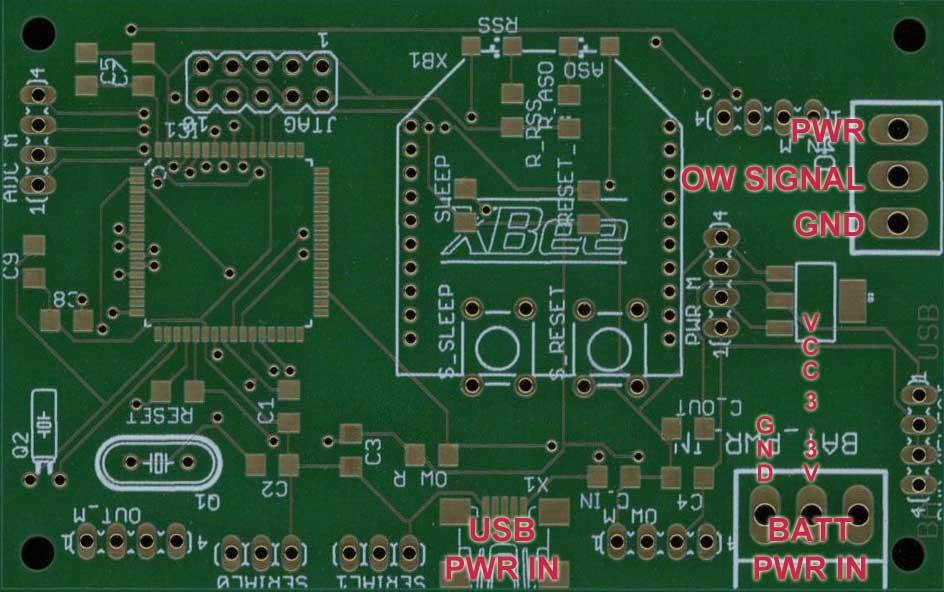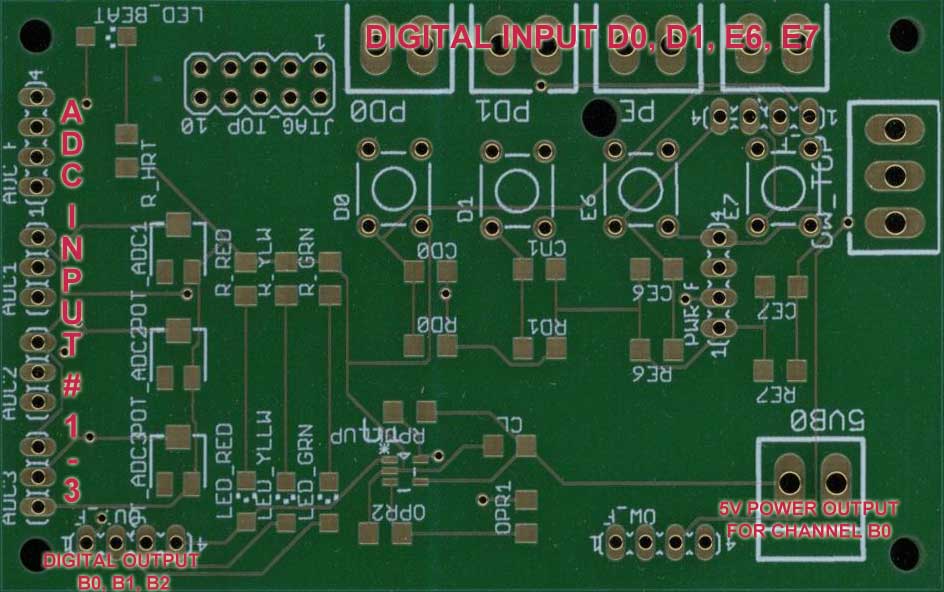Bricks
Bricks, the building blocks for TMOR's wireless network
Bricks
You want to capture data which are out of reach from the TMOR base station? The solution would be to use a brick module. With the brick module you overcome wider distances than wifi, as it uses the Xbee protocol. You simply add two XBee radio modules, one to the base station, one to the brick, program them accordingly, and register all the newly connected sensors to the brick at the base station. Or you purchase our TMOR extended plan and every thing is readily set up for you. You only need to switch it on.
1-wire sensor generals
We successfully test up to 8 DS18B20 1-wire temperature sensors connected to the base station.
The current Brick supports one DS18B20 1-wire temperatur sensor. The here depicted DS18B20 1-wire
temperature sensors are water proof. The wire coloring of this sensors is as follows:
- Yellow: GND (Ground)
- Green: SIGN (Signal)
- Red: VCC (Supply voltage)
Note: Seperatly purchased 1-wire sensors might have a different
wire color coding. It turned out to be of good practice to note the address of the sensor on the
sensor itself by using a sticker.
Version: V2
Date: 2013.05.22
Category: Sensor support
Base Station: Raspi up to 8 / Tinker no support
Brick: 1
Support:
IO input ports - Digital and mechanical switches
We support the connection of digital and mechanical switches. Mechancal switches come in handy to capture movements such as opening
and closing doors and windows.
For the time being only the Brick provides IO ports. Each brick supports up to 4 IO ports. The address of the input ports is:
- D0
- D1
- E6
- E7
Version: V2
Date: 2017.07.20
Category: Sensor support
Base Station: not supported
Brick: 4
Rating:
Analog input ports
The analog ports are ideal to capture contimous values such as light intensity or humidity. The analog input ports are in a basic version implemented but not fully supported yet. In order to measure analog data you need to have a brick. The analog ports are labeled as:
- ADC1
- ADC2
- ADC3
Since Version: V2
Date: 2017.07.20
Category: Sensor support
Base Station: not supported
Brick: 3
Rating:
Digital output ports
The output ports or aka actors can change the status of an output port. The analog ports are labeled as:
- PB0 (PIN 10) RED LED
- PB1 (PIN 11) YELLOW LED
- PB2 (PIN 12) GREEN LED with 5V power driver
Since Version: V2
Date: 2017.07.20
Category: Sensor support
Base Station: not supported
Brick: 3
Rating:




